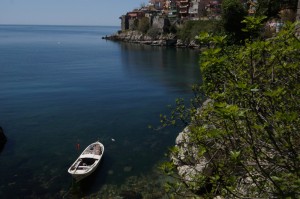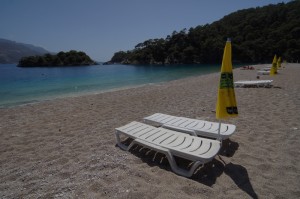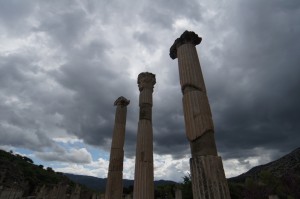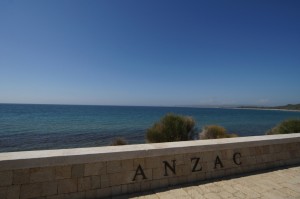About 80km north of Safranbolu is the town of Amasra, on the Black Sea. This very Turkish seaside resort has been home to Greeks, Romans, Byzantines, Genovese and Ottomans. Today the population of 6,500 residents swells to over 20,000 during the holiday period.
Luckily it’s not holiday time yet so the streets were quiet.
We arranged with the local tourist office in Safranbolu to get a taxi, at a very special price, to take us to Amasra for the day. I wanted to get the best light while we were at the Black Sea, as the next day didn’t look too promising.
Safranbolu, despite being a world heritage site since 1994, is decidedly un-touristy, a bit like Amasra. English is hardly spoken and it’s difficult, but not impossible, to get a beer.
The souvenir shops sell items that cater to the Turkish tourists, like American Indian bow and arrow sets and very local arts and crafts.
And you hardly ever get asked to buy or try anything, apart from the Turkish Delight that is in abundance.
It’s this simplicity, along with the old Ottoman architecture, that makes Safranbolu such an interesting destination.
As well as the 19th century architecture there’s the Cinci Caravansary, built during the Ottoman period in 1645. It was a form of wayside inn or hotel for traders on the Silk Route. It’s still a hotel today and the rooms are open for you to view, that’s if they’re not occupied.
Everywhere you look in Safranbolu there’s history in the detail, and a few amusing sights as well.


















